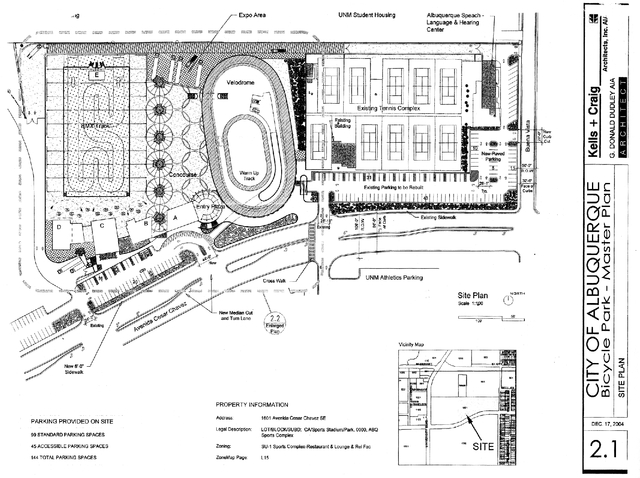Taken For A Ride
Residents Battle Bmx And The City


The actual layout of the BMX track, not approved by residents, where the track replaced the tennis courts, directly abutting the neighborhood

All that separates Mary and Felix Trujillo’s house from the BMX track is a narrow street.
Xavier Mascareñas




